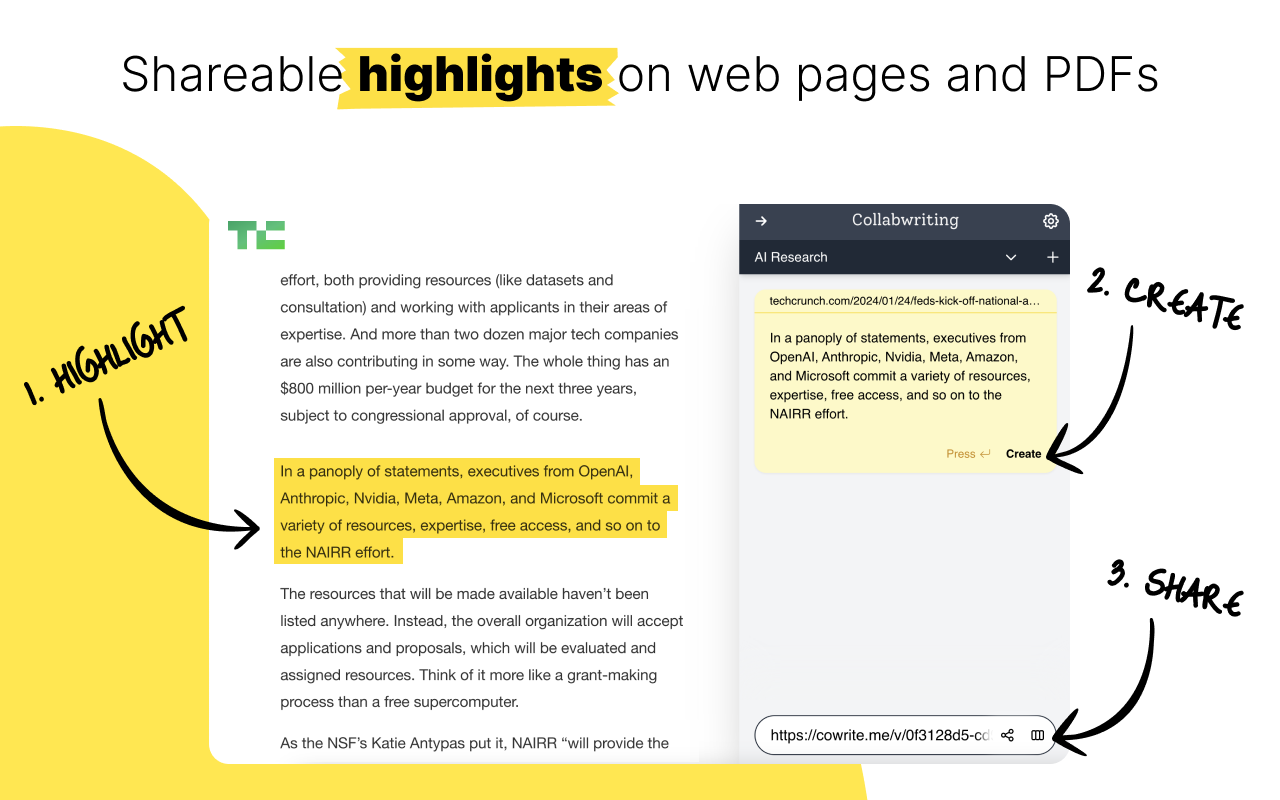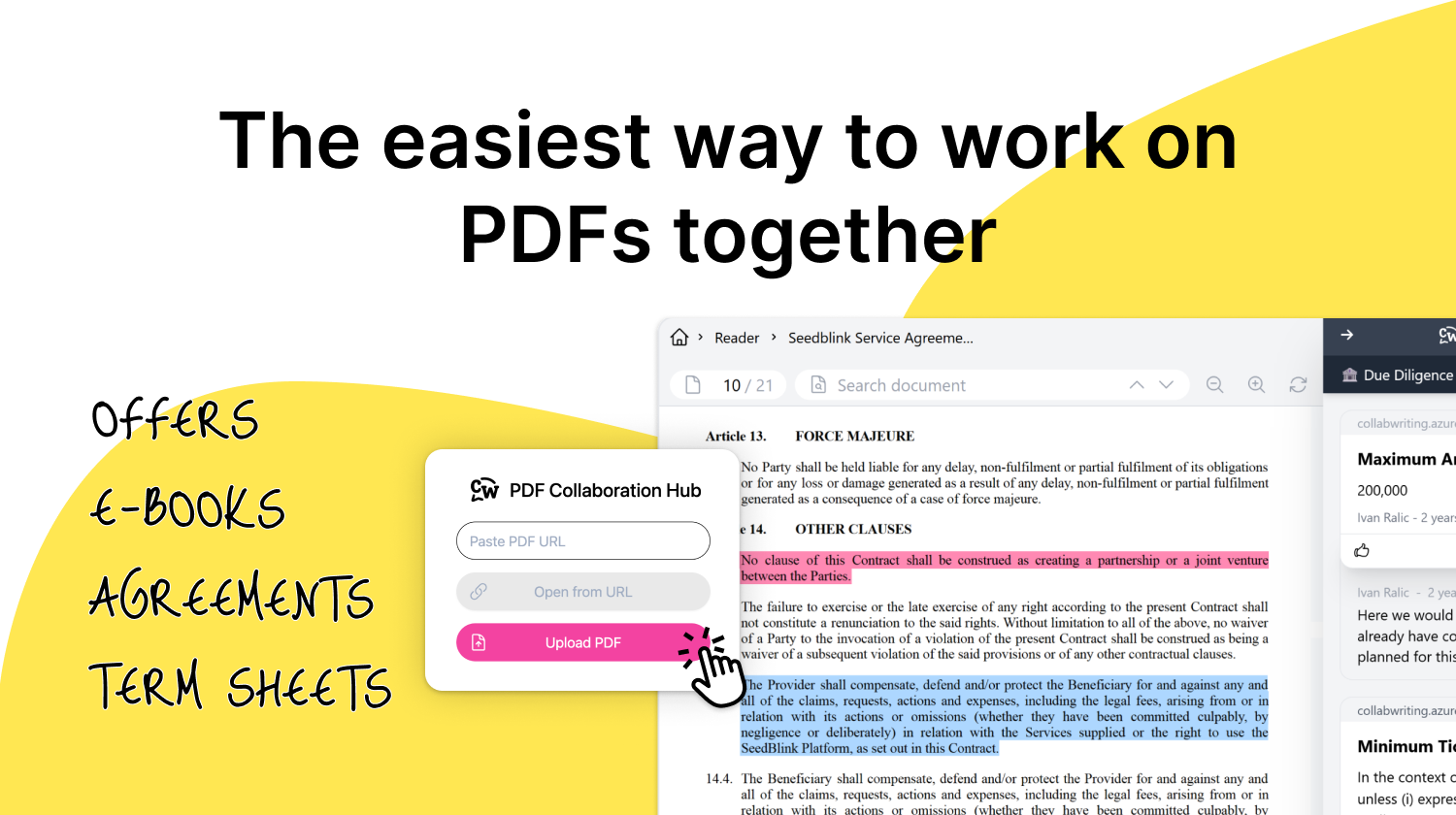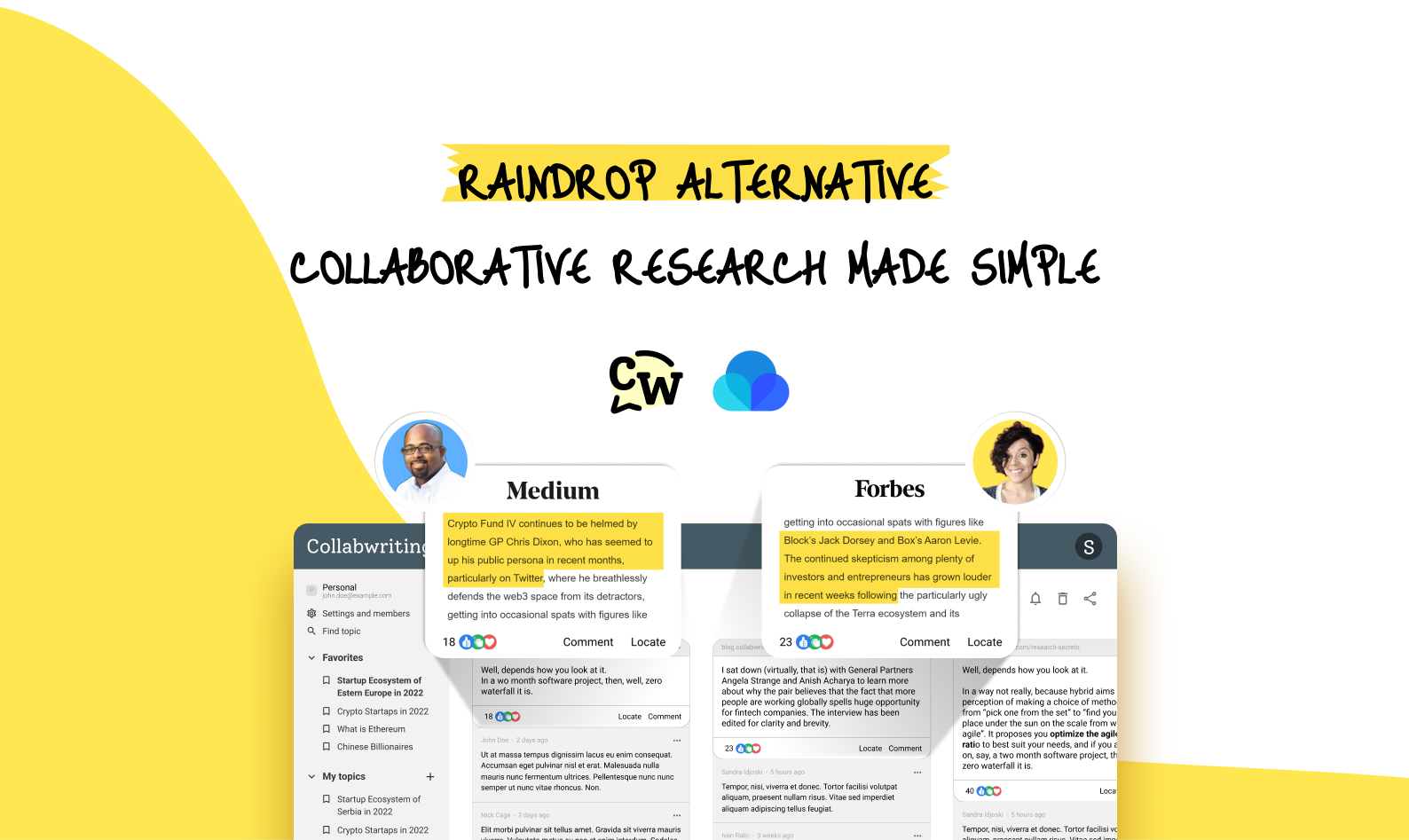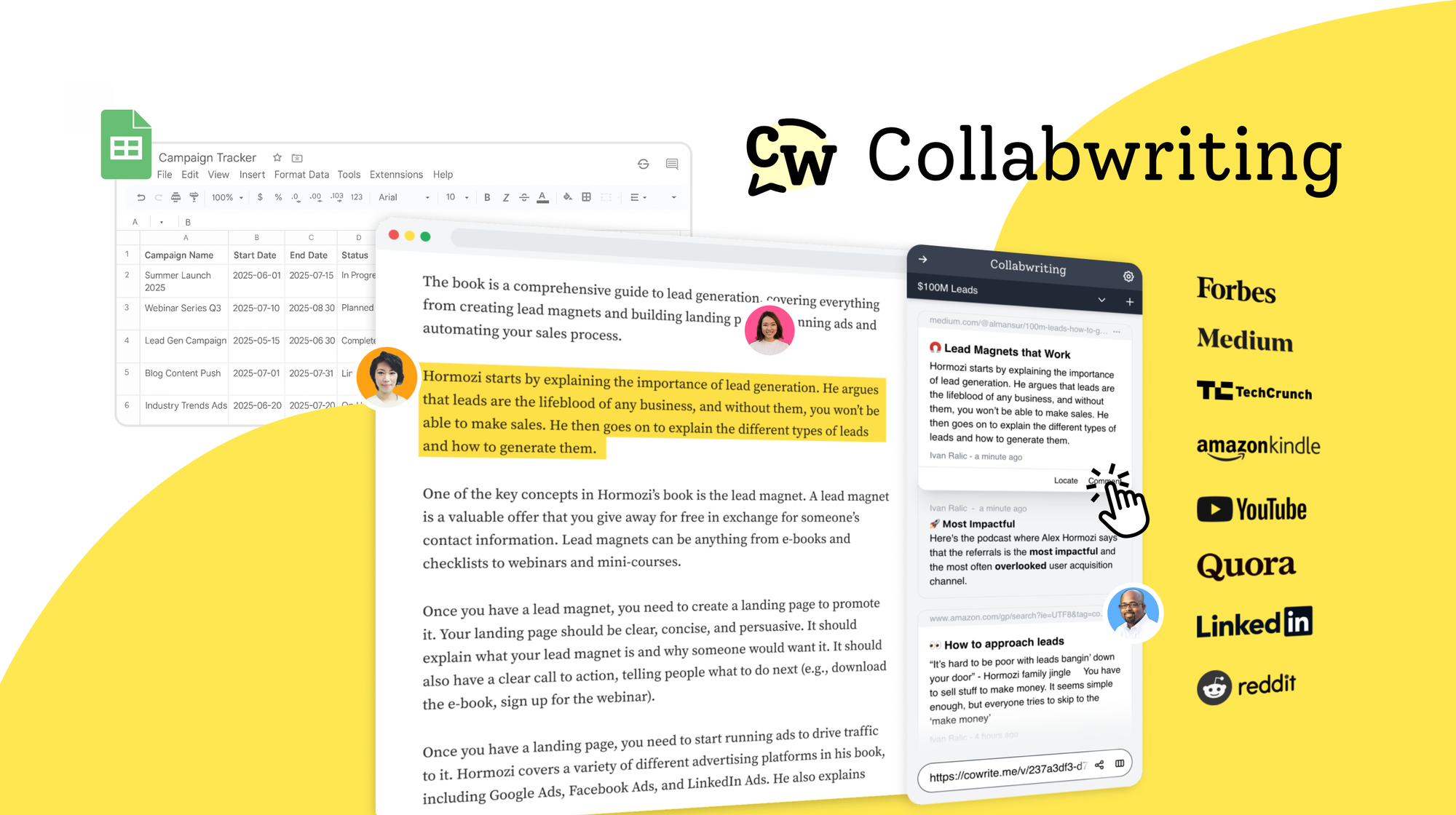Most, if not all of us, have heard the cliche “Content is king.”
However, content is king only if you know how to leverage it for your business and take the time to develop a sound strategy. In the absence of proper research, your company's content will become more and more watered down rather than straightforward and filled with value.
Proper research gives us direction and guidance when bringing that spark to our content. As a content creator, you’re probably aware of this intuitively. You need to know the language your target audience is speaking, the topics that interest them, and why - how else would you know what to create?
We get to this point by doing our due diligence before even drafting a strategy or a content plan. To do either of these correctly we need the inputs first - and that’s exactly what research provides.
And research shouldn’t just be limited to answering questions on our target audience's characteristics or high-ranking key works.
It can and should also answer questions like:
- Who is our competition and what are their best practices?
- What are the best channels to distribute our content?
- How competitive is the space we’re entering?
- Is there an untapped niche we can use to our advantage?
- Are there any future trends to look out for?
Look out for all of these because you’re not creating content in a vacuum.
Types of research and their roles in planning and decision-making
Market research can be classified using two determiners:
- Primary - Secondary
- Internal - External
Even though this difference is quite simple, there is often confusion around it.
The first dimension (Primary - Secondary) refers to who has collected the data that we’re looking into.
Primary research is a type of research that requires the researcher to participate directly in the data-gathering process. They don't depend on already existing data, rather they actively collect information firsthand that helps with decision-making or further research steps.
Secondary research relies solely on existing research materials rather than gathering data directly. This research approach is less expensive and more time-efficient, compared to primary research. Generally, data for secondary research can be accessed online, by searching through archives, libraries, educational institutions, and organizational reports. However, extra care must be taken to make sure the data is valid as this can hurt the research process and outcome.
The second dimension (Internal - External) refers to where we’re gathering the data from.
While this dimension is often spoken in terms of whether the research should be done internally or by external experts, this is not what we’re referencing here.
What we’re referencing here is the source of data in terms of whether it’s coming from within the organization (internal) or outside of it (external).
Here we want to highlight the importance and value of looking inward too.
2. Has anyone from our team worked in other companies in the industry and can share more about strong points we can highlight in our content?
3. Are there any gaps the team sees between what we’re communicating externally and what our product/service is?
These are all unique pieces of information that cannot just be found somewhere else by anyone with an internet connection.
They provide your content with that additional layer of authenticity and value it needs to stand out.
External - Primary research
When planning your research, it’s important to select the right primary research methods. Common methods include online surveys, interviews, and focus groups, which help you gather relevant and actionable insights.
While external primary research isn’t as commonly used when creating a content marketing strategy, it can bring an immense amount of useful information.
Reasons for not conducting it are often the cost and time spent associated with it.
While it’s true that conducting primary research can be more costly, the valuable information it brings often offsets these costs if collected and used properly.
When looking for new information that to base our strategy on, think about doing a cost-benefit analysis to determine which option is best. Just because something costs less/requires less time to do, doesn't automatically make it the best or the only option.
To minimize the cost, when doing primary research marketers can focus on online surveys and short, qualitative interviews. Both can be done with relatively low investments while providing the needed information for future decision-making.
The first step is observation
By starting out by observing your target market, you can map out their behavior and patterns.
Most people are unaware of their habitual behavior, so these can be difficult to capture in surveys. As a result, you will be able to make sense of their behavior later with surveys or additional information.
The most effective way to get a full picture of your market and audience is to combine market research with other data and insights.
Online surveys/questionnaires
The anonymity and ease of access that online surveys provide make them the ideal environment for asking your audience what they think about your product, or service or about some of the issues they’re currently facing.
An online survey can reveal customers’ true opinions, as well as enable them to share ideas with you in a safe and comfortable environment.
The upside is that high costs are rarely associated with this kind of research, as well as the fact that they can often be quantified.
On the other hand, they can sometimes be limited to participants as well as guide them to desired answers.
This can be overcome by properly preparing the questionnaire and testing it on a small sample first, before releasing it to a brother audience.
Interviews
Interviews are a more personal form of research compared to questionnaires.
The interviewer can adjust the tone or ask follow-up questions if they feel it can help in obtaining more valuable information.
They can be structured, semi-structured, or unstructured.
Unstructured interviews take place with few, if any, interview questions. They often progress as a normal conversation about the research topic. Structured interviews, on the other hand, strictly adhere to an interview structure to guide the conversation. Semi-structured ones, which are oftentimes the best fit for content marketers, are a mix of both.
They provide structure for data to be more easily processed, yet they leave room to explore some topics more in-depth if it seems like they can bring additional value.
Internal - primary research
In addition to interviews and online surveys that can at times be done internally too, when it comes to internal - primary research we have one more option that’s accessible without a huge investment (of money at least).
Focus groups
A focus group is a research method that brings together a small group of people to answer questions in a moderated setting. The group is chosen due to predefined traits, and the questions are designed to bring more insights into a topic of interest.
When it comes to doing them internally, we can invite the people from our company that we find relevant to share their insights and industry knowledge.
If we’re building a content strategy to brand ourselves a desirable place for new employees, who better to give their insights on what brought them here than recent hires? Additionally, those people can share what they searched for and looked out for before becoming a part of our team.
Benefits of primary research
When considering primary research, we all know the costs (of either time or money) can be high. However, there are significant benefits that can come of it:
- Primary research often produces the most relevant results: With primary research, you determine which questions are asked and to whom, so it is incredibly relevant to your research goals.
- Primary research is up to date: The market changes very quickly, and trends come and go. For this reason, primary research allows you to research at a time that matters to you. That way you will always have relevant data.
- Primary research gives you more ownership and control over data: The question that always rings in everyone's mind is can we trust the source? With primary research, there are no such concerns, so you can take the next steps with confidence.
How to use research results to create better content
Research isn’t just about gathering data. It’s about turning that data into clear, actionable insights that guide your content creation.
Here’s what you need to focus on:
- Translate insights into topics and ideas.
Don’t just collect facts. Figure out what your audience really cares about. Use research to find pain points, interests, and motivations. Then, create content that answers their questions or solves their problems. - Use data to back up your claims.
Content with solid data wins trust. Show your audience you did your homework by citing relevant stats or quoting real opinions from your surveys or interviews. - Stay relevant by following trends uncovered in your research.
If your research shows a rising interest in a topic or an untapped niche, jump on it early. That’s how you position yourself as a thought leader. - Personalize your content for different segments.
Not all audience members are the same. Use research to segment your audience and tailor content specifically for each group. - Test and iterate.
Use research continuously to measure how your content performs and adjust accordingly. Don’t treat research as a one-time thing - it’s your ongoing compass.

Collabwriting - Shareable Notes on Web Pages
Collabwriting allows you to gather all your online sources in one place. Just highlight, save, and collaborate with anyone on any content you find online.
Conclusion
And finally, the last but not least important step is how you will collect the data you have obtained.
At Collabwriting, we don't encounter any obstacles when it comes to collecting and sharing information. Thanks to our extension, each team member has access to all valuable information in just one click.
And maybe it's time for you to take your research process to a whole new level too.








![5 Tools Marketers Use to Organize Research - Compared [2025]](/content/images/2025/11/cover-4-1.png)

![Build Credibility in Research: Smart Way to Verify Information and Track Sources Easily [2025]](/content/images/2025/10/covers-for-blog--7--1.png)

![How Marketers Can Turn LinkedIn Content into Collaborative Research [2025]](/content/images/2025/10/covers-for-blog--8-.png)
![Best Readwise Alternative for Personal & Team Research [2025]](/content/images/2025/09/Frame-814--3-.png)


